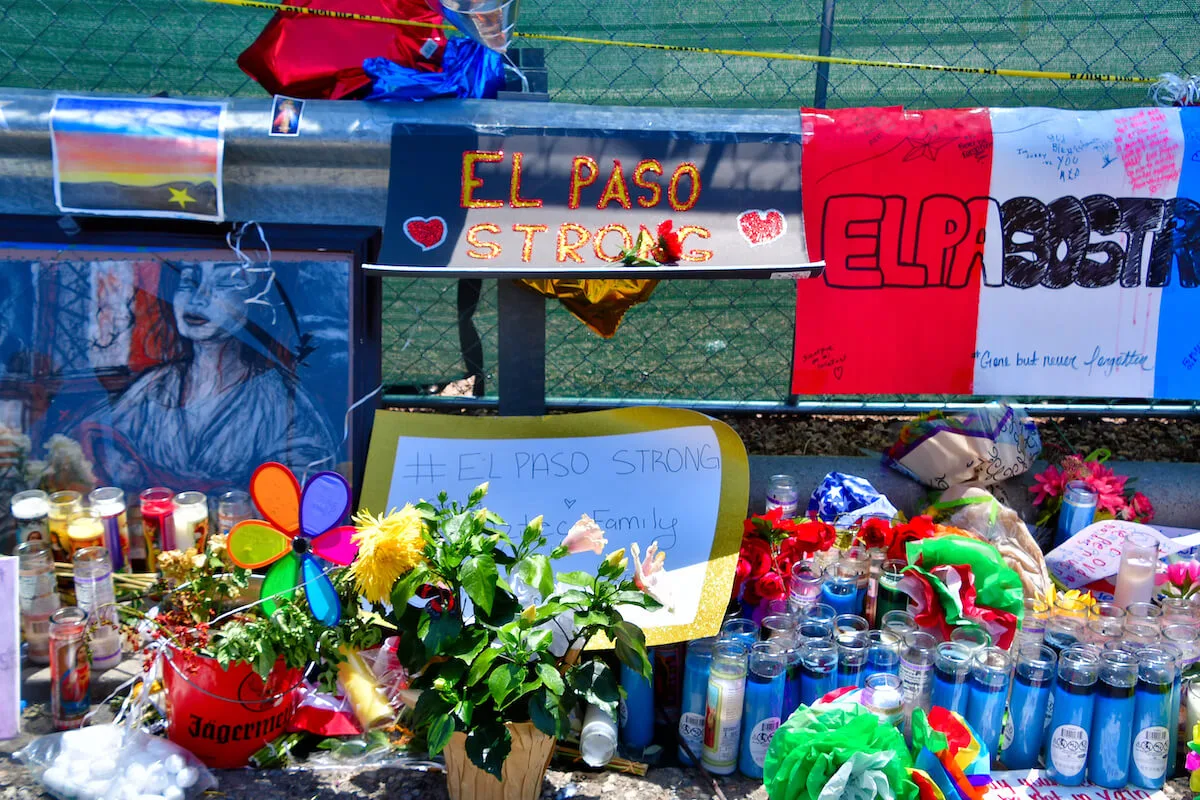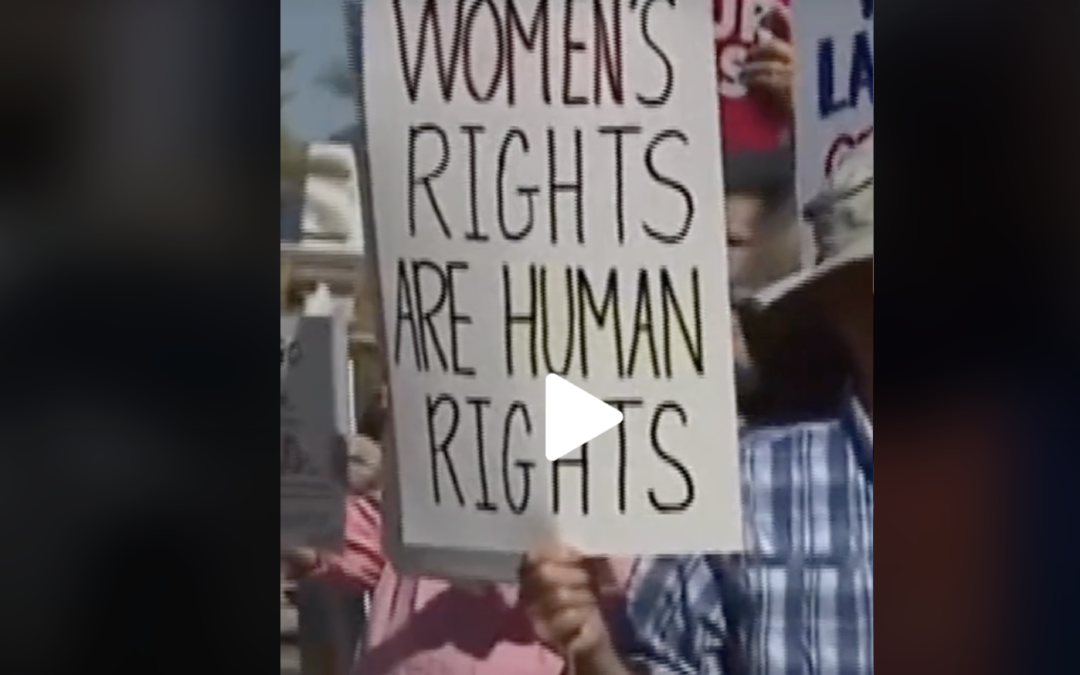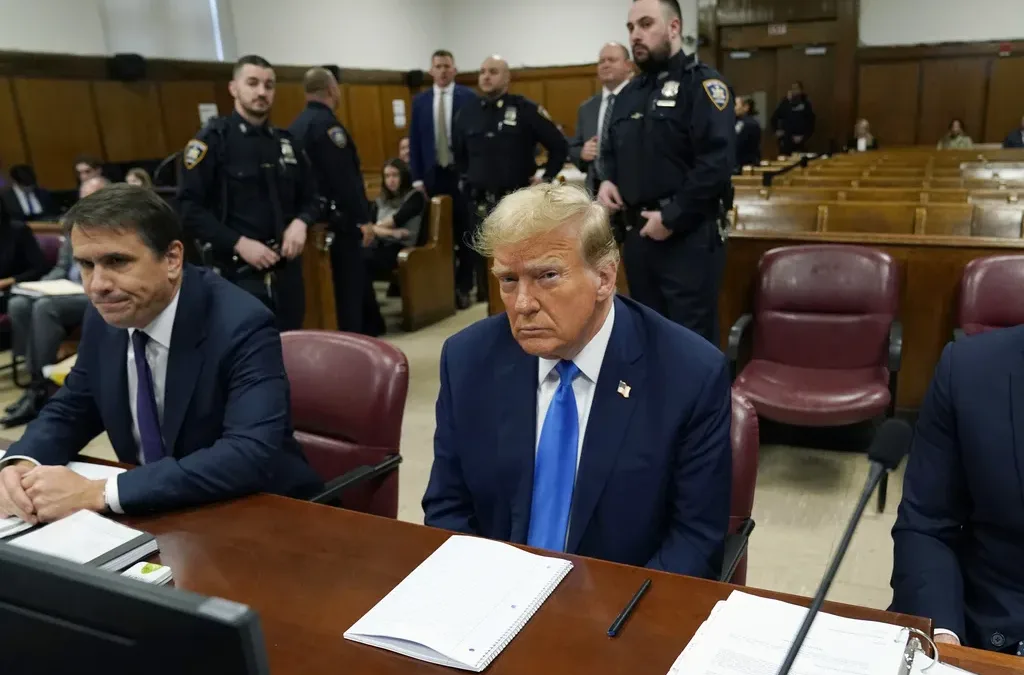
Shutterstock
The “shocking truth” about the FBI’s hate crime data is that “it only represents the smallest sliver of hate crimes in this country.”
On Aug. 3, 2019, a 21-year-old white man reportedly drove nine hours to a Walmart Supercenter in El Paso, Texas, where he is accused of opening fire using a semiautomatic rifle. Twenty-two people were shot and killed that day, and another 23 wounded. Nine months later, another person died from their injuries.
There was a reason El Paso was targeted: Patrick Wood Crusius allegedly wanted to kill Hispanics, and the border city is home to one of the largest immigrant populations in the country. Local authorities said Crusius—who is now awaiting trial for capital murder and a slew of hate crimes charges—released a manifesto online where he reportedly documented his plan for the violent attack, claiming to have been inspired by the Christchurch mosque shooting in New Zealand, and decried a “Hispanic invasion,” among other anti-Latino sentiments.
Sort Fact From Fiction: Sign up for COURIER’s Newsletter
Crusius is accused of carrying out the deadliest anti-Latino attack ever in the United States. The 22 people who died that day make up nearly half of a total of 51 people killed in 2019 by hate-motivated violence. This is the highest number of cases since the Federal Bureau of Investigation (FBI) began documenting hate crimes in the early 1990s.
According to its annual report on hate crime statistics released on Monday, hate-motivated killings more than doubled from 2018 to 2019. The agency also documented an astounding 7,314 cases of hate crimes—which includes robberies, assaults, vandalism, and other criminal activity—last year.
Hate crimes are classified as criminal activity motivated by bias against a person’s race, religion, sexual orientation, and other identities. More than half (57.6%) of hate crimes last year had to do with race, ethnicity, or ancestry, according to the FBI. Nearly 20% were motivated by bias against a person’s religion and about 17% for bias against sexual orientation.
The Latino and Jewish communities in particular saw a rise in offenses: The number of anti-Hispanic hate crimes rose to 527 from 485 in 2018, while there were 953 reports of anti-Jewish crimes, a 14% surge over the previous year. The FBI also documented a slight decline in anti-Muslim and anti-Black offenses.
An Incomplete Picture of Hate in the United States
Civil rights advocates, however, point out the FBI’s annual report does not paint a full picture of hate and bias in the US. That’s because local and state law enforcement agencies are not required to report these crimes to the government. Additionally, many victims may not feel safe or comfortable coming forward about either.
Muslim Advocates, a national civil rights organization, released a statement on Tuesday arguing that the “shocking truth” about the FBI’s hate crime data is that “it only represents the smallest sliver of hate crimes in this country.”
Hate crimes strike people at the center of their identities, said Scott Simpson, the public advocacy director at Muslim Advocates, and reliving those traumatic experiences with law enforcement can be emotionally draining, and lead to even further targeting or backlash.
“Most people simply want to live their day-to-day lives, and, for many victims, drawing more attention to themselves and their trauma is anathema to how they’ve navigated their communities,” Simpson told COURIER. “Additionally, the years of profiling and surveillance of American Muslims by law enforcement at all levels has bred a serious distrust between communities and police.”
Simpson argued that law enforcement should be legally required to report hate crimes to the FBI. Currently, there is no federal law mandating or appropriately incentivizing them to do so. According to the Southern Poverty Law Center (SPLC), only 2,172 out of 18,000 law enforcement agencies reported any hate crimes last year. In addition, the SPLC found that 80 jurisdictions with over 100,000 people reported no hate crimes at all.
“We don’t believe there are no hate crimes happening in those cities,” Simpson said. “We believe that the data that is reported is largely misreported.”
Simpson pointed out several high-profile hate crimes that were not officially reported to the federal government by local law enforcement, including Minnesota’s Bloomington Mosque Bombing in 2017.
A President Complicit in White Supremacy
The 2019 data indicate several alarming trends, and among them is a correlation between an uptick in hate crimes during election years. That includes President Donald Trump’s use of racist rhetoric on the campaign trail.
“While hate crimes have risen every election year since the FBI started tabulating in ’92—even the last two most recent conflictual national elections—the first half of the year were down,” said Brian Levin, the director of the Center for the Study of Hate and Extremism at California State University, San Bernardino. He also testified before Congress on hate crimes in 2015.
In other words, violence fueled by hate starts ramping up around the time election season does. Levin also noted that October 2018—right before the midterm elections—was the second-worst month in the decade, adding that Trump has galvanized right-wing extremists and white supremacists with his messaging. “What we saw over the last several years was the president acting as a de facto messenger and leader, not only for a base in the mainstream but for folks on the fringes as well.”
Charlottesville’s “Unite the Right” rally in 2017 is widely considered to be the largest and most violent white supremacist public assembly in decades: One person, anti-racist protester Heather Heyer, died that August day. After President Trump tried to blame violence on both sides, he also stated that there were “very fine people” among the white supremacists as well as the counter protesters. It took 48 hours for Trump to condemn supporters of the rally who became violent, but his reluctance to do so helped transform these extremist groups into something more dangerous. That’s clear in the FBI data, Levin said.
RELATED: Right-Wing Extremists Are a Very Real Threat to America
In fact, Trump’s role in fueling violence has was evident long before he became president. During the campaign trail in 2015, he infamously called Mexicans “rapists” and falsely accused them of “bringing drugs and crime.” In August of that year, two men were arrested for brutally beating up a Latino homeless man. “Donald Trump was right ― all these illegals need to be deported,” one of the men told the local authorities.
Instead of outright condemning the men or distancing himself away from them, Trump defended them—and other violent supporters—as passionate people. “I will say that people who are following me are very passionate,” he said. “They love this country and they want this country to be great again. They are passionate.”
The good news is that the country could see a decline in hate-motivated in the near future, but that’s largely due to the coronavirus pandemic. The Center for the Study of Hate and Extremism found in its preliminary data on 2020 hate crimes that COVID-19 and statewide lockdowns resulted in less hate-motivated violence, with the exception of Los Angeles, Houston, San Antonio, and Phoenix. However, crimes against Asian Americans also increased while the Trump administration continuously use anti-Asian rhetoric to falsely blame China for the virus.
“About 10 to 12 years ago, we were looking at [the Jewish community] and Latinos. Then mid-decade, Muslims, Arabs, and immigrants. Then who got rotated back in? For 2019 and 2018, Jews and Latinos. And now, in 2020, it’s Asian Americans.”
Levin said that the last decade of hate crimes has created a “carousel of victims.” In other words, the marginalized communities predominantly targeted in hate-motivated violence have rotated over the years. “About 10 to 12 years ago, we were looking at [the Jewish community] and Latinos,” he explained. “Then mid-decade, Muslims, Arabs, and immigrants. Then who got rotated back in? For 2019 and 2018, Jews and Latinos. And now, in 2020, it’s Asian Americans.”
“We found statements by the president appear to correlate to not only the kind of extended placement of prominence into this carousel, but also seems to be related to who is demonized, stereotyped, and conspiracized in socio-political rhetoric,” he added.
The alienation and targeting of marginalized groups often stem from dehumanization, and so, it’s important to understand that hate crime statistics aren’t just numbers but rather a makeup of real people and families similar to our own. “Too often, the conversations around hate crime statistics dehumanize the victims those statistics represent,” Simpson of Muslim Advocates said. “These trends are vital to understanding as a means to prevent hate crimes and to better enforce the law. It is within that context that this information is most valuable.”
RELATED: The White Supremacy I Saw in Prison Is Also in the White House
Politics

Trump says he’s pro-worker. His record says otherwise.
During his time on the campaign trail, Donald Trump has sought to refashion his record and image as being a pro-worker candidate—one that wants to...

VIDEO: Hundreds show up in Scottsdale to support reproductive rights
@coppercourier Days after the Arizona Supreme Court ruled to enforce a long-dormant law that bans nearly all abortions, hundreds took part in a...
Local News

US court rejects a request by tribes to block $10B energy transmission project in Arizona
In Arizona, work was halted briefly in November amid pleas by tribes to review environmental approvals for the San Pedro Valley. ALBUQUERQUE, N.M....

What to know about Trump’s legal issues
Over the past year, former president Donald Trump has become the center of not one, not two, not three, but four criminal investigations, at both...




